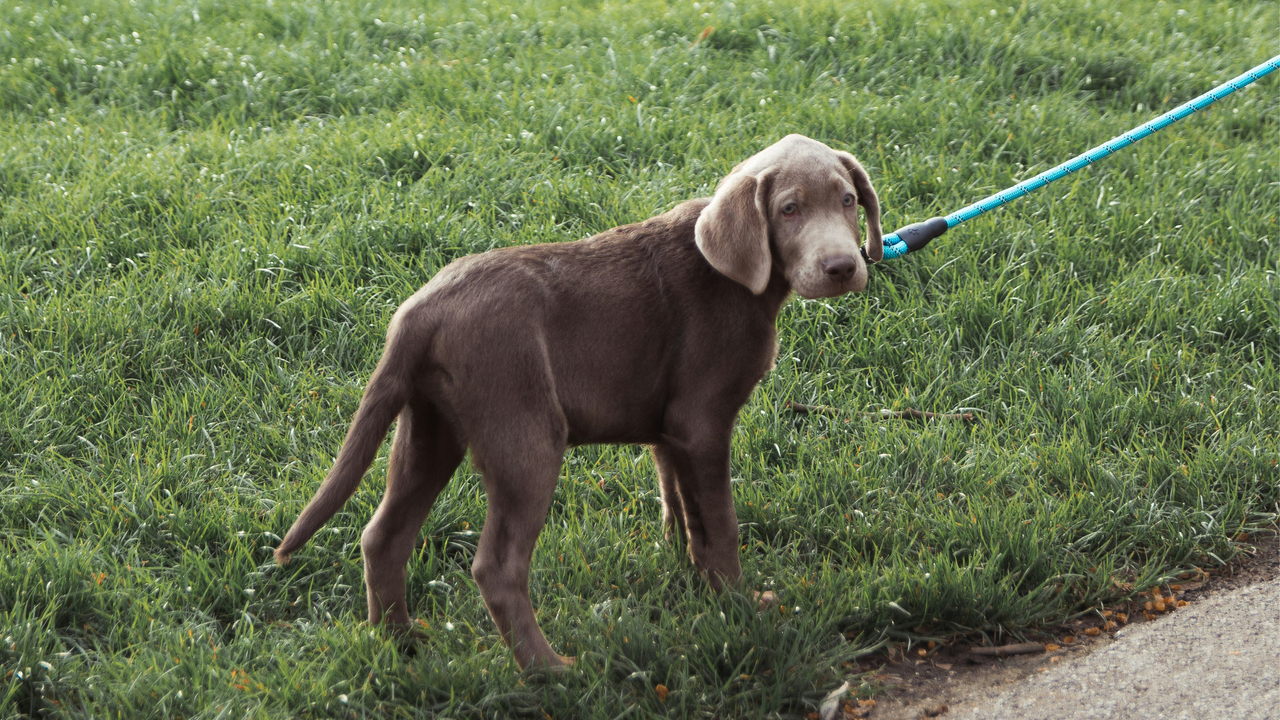How Much Should You Walk Your Dog? 5 Key Rules to Follow
Walking your dog isn’t just about stretching their legs — it’s about keeping them healthy, happy, and mentally stimulated. But how much exercise does your pooch really need? It depends on their age, breed, health, and even your living situation.
Here are five simple ways to make sure your walks are just right:
1. Match Walks to Your Dog’s Age
- Puppies: A good rule of thumb is 5 minutes of walking per month of age (so a 4-month-old pup = 20 minutes a day). Always watch their energy — tired pups may need shorter walks, while hyper ones might need more playtime.
- Adults: Most healthy dogs thrive with 15–30 minutes twice a day, though high-energy breeds may need more.
- Seniors: Older dogs may prefer shorter, slower strolls on flat ground. Keep an eye on stiffness or heavy panting and adjust accordingly.
2. Factor in Breed Energy Levels
- High-energy dogs (e.g., retrievers, dalmatians, sheepdogs) often need extended walks, runs, or hikes.
- Low-energy dogs (e.g., chihuahuas, shih tzus) are usually fine with shorter, more frequent outings.
- Brachycephalic breeds (like pugs and bulldogs) can overheat easily, so stick to short, cool-weather walks.
3. Consider Health & Living Conditions
Every dog is unique — health conditions like obesity or joint issues can limit exercise, while your living space plays a role too. A small dog in a big yard may get plenty of activity, while a large dog in an apartment will rely more on daily walks.
Watch for signs you’re overdoing it (sluggishness, stiffness, panting heavily) or underdoing it (restlessness, destructive behaviour).
4. Stay Safe & Comfortable on Walks
- Avoid walking in the heat — on days over 25℃, go early or skip the walk to prevent heatstroke.
- Bring water and a collapsible travel bowl.
- Use a well-fitted harness and lead for comfort and control.
- Keep your dog’s coat and paws groomed to help them regulate temperature.
5. Mix in Enrichment When You Can’t Walk
If life gets busy, try mental and physical enrichment at home:
- Puzzle toys, treat-dispensing toys, or simple training games.
- Short play sessions to burn off energy.
- Ask friends, family, or a dog walker to help if you’re short on time.
Walks may be the mainstay of your dog’s routine, but combining them with enrichment keeps their body and brain healthy.
Recent Articles
-
Why Do Cats Spray? Understanding and Stopping Urine Marking
19th Sep 2025If your cat has started leaving small urine marks on walls, doors, or furniture, you might be dealin
-
How Much Should You Walk Your Dog? 5 Key Rules to Follow
19th Sep 2025Walking your dog isn’t just about stretching their legs — it’s about keeping them healthy, happy, an
-
A Guide to Sharing Safe Treats with Your Feline Friend
17th Jan 2025As cat owners, it’s natural to want to share the joy of mealtime with your furry companion. However,
- Read more articles




